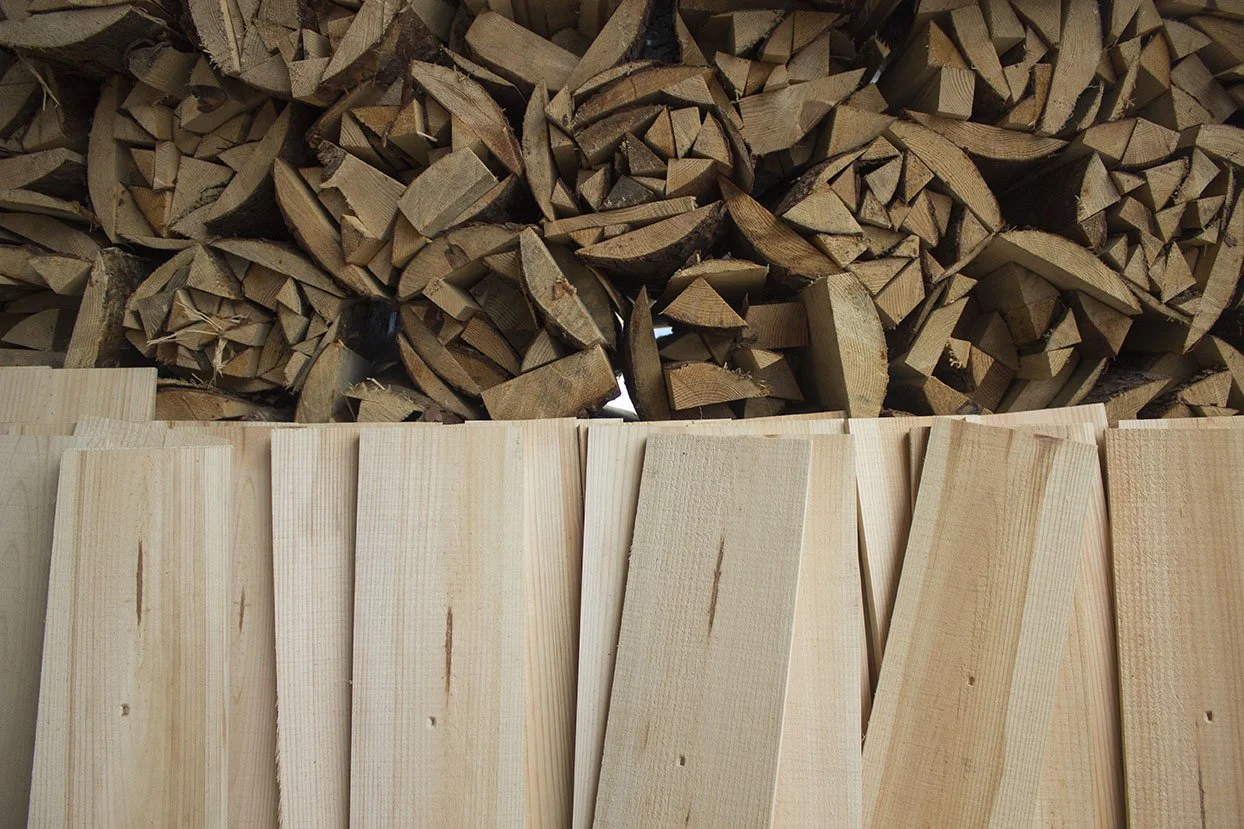All tagged Behind the Design
If you’ve ever touched a Kizara Memo Pad, you know that these beautiful bits of stationery are very different from the pads full of flimsy, dyed paper you may be used to. Behind their simple design lies a long history of craftsmanship and sustainability.
Learn how Yamachiku won its decades-long fight to preserve Japan’s bamboo chopstick industry.
Most people only think about their towels when it’s time for them to be washed, but for Takashi Shinto they’re the reason he gets up in the morning. As the owner of Shinto Towel, he balances a reverence for the company his great-great-grandfather started with an eye towards the future. Learn more about one of the newest additions Morihata Collection in our interview with Takashi Shinto.
If you’ve ever picked up one of our wooden Kizara memo pads, you probably know they’re very different from the legal pads you’re used to scribbling on. Unlike the usual notebooks, Kizara memo pads contain thin wooden pages shaved directly from blocks of sustainable Japanese pine. Known as kyougi, these traditional wooden sheets were once commonly used to wrap and preserve food in ancient Japan. By that fact alone, it’s become one of our most beloved products. But a Kizara memo pad is more than a cool memo pad; it’s a movement to reclaim the Japanese forest for future generations. Behind its simple design, there’s a long history of craftsmanship and sustainability.
High atop a plateau at the foot of the imposing Kirishima Mountains sits the organic tea garden of the Hayashi family. Since 1897, five generations of tea farmers have managed these fields and pioneered the art of organic tea cultivation. time-consuming endeavor, and as a result, less than one percent of teas are considered organic.By eschewing chemical fertilizers and pesticides, producers like the Hayashi family accept smaller yields in favor of higher quality.
Surrounded by the soothing waves of the Setouchi Inland Sea, the island town of Imabari is known for two things: the thatched roofs of the feudal Imabari Castle, and a world-famous towel industry.
If we asked you to picture a sommelier, you’d probably conjure up an image of well-dressed man or woman with a bottle of cabernet propped over their forearm; a tiny pin glinting on their lapel. However, should you swap the cabernet for, say, an absorptive cotton and linen blended hand towel what you’d have instead is a towel sommelier.








